Waipā District Council has put its representation review proposal out for public consultation. Senior writer Mary Anne Gill reports on what rural voters should consider.
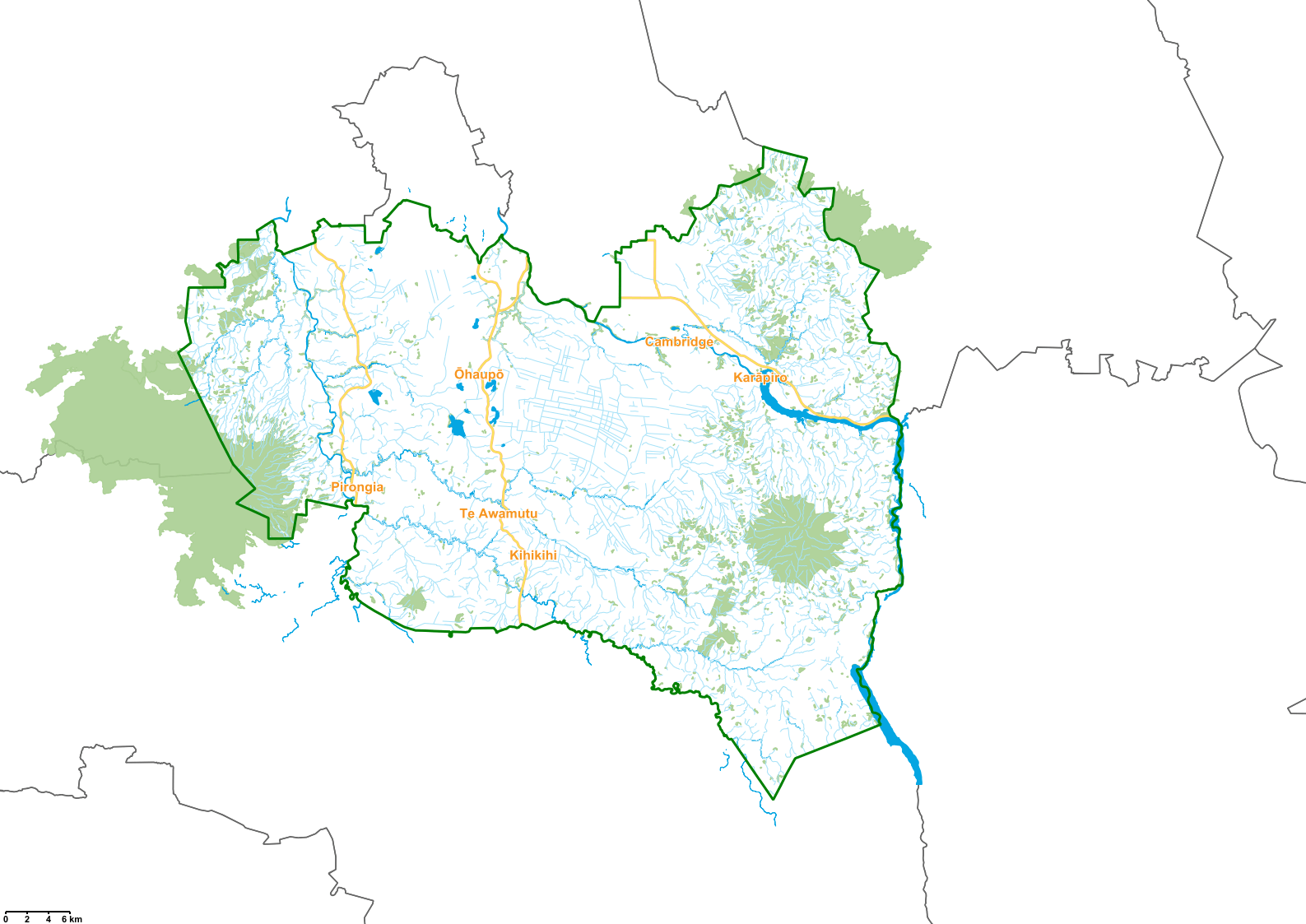
Two members to represent the huge rural area in Waipa.
When Maungatautari ward councillor Mike Montgomerie voted for the Waipā representation review to go out for discussion, he had some reservations.
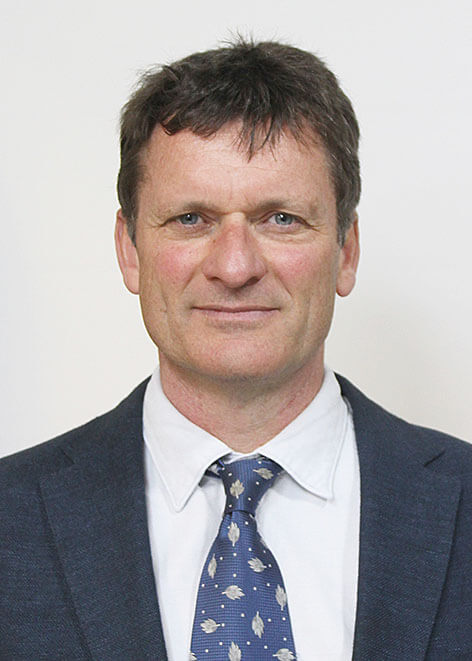
Mike Montgomerie
Would the proposal give an adequate voice for the rural community he represents?
It is to combine the Maungatautari and Pirongia-Kakepuku wards into one rural ward with two representatives, down from three, reduce the number of Cambridge councillors from four to three, and Te Awamutu Kihikihi ward councillors from three to two.
Montgomerie’s biggest concern is it will struggle to give that voice because, he argues, the two rural councillors voted from across the district will represent quite different communities of interest.
The proposed new rural ward takes in the urban settlements of Pirongia, Ōhaupō and Ngāhinapōuri. Gone from the ward into Cambridge is Karāpiro with its 78 properties and 190 electors – by next year’s elections that will be closer to 200 votes.
Montgomerie lives in Oreipunga Road – he is as close to Tīrau and Putāruru in the South Waikato district as he is to Cambridge, a town he unashamedly describes as his community of interest.
His family ties – he is a fifth generation dairy farmer in the district – run through the town. His involvement with Fonterra, and his background as a lawyer, saw him chair the dairy co-operative’s governance and ethics committee and he was involved in a representation review.
He recently told The News the parking pressures in Cambridge had prompted him to think carefully about where he shops and accesses his rural services. South Waikato is an obvious attraction over the crowded Cambridge.
He and his neighbours have little or no community of interest with rural voters in the vast area west of the great divide halfway down Kaipaki and Cambridge roads to Pirongia Forest Park.
“The key issue is whether two rural councillors can give adequate voice to that rural community,” he says.
So, he wants rural voters across the district to have that conversation and to feed back so when he comes to vote on the proposal, he knows what other rural residents think.
In a quirky anomaly though, the present council is very well represented by people who cite RD on their address and yet represent urban wards.
Liz Stolwyk, Philip Coles and Mike Pettit – three of Cambridge’s four councillors – live rurally as does mayor Susan O’Regan. Add in the existing rural members – Montgomerie, Bruce Thomas and Clare St Pierre – it means seven of the 12 (nearly 60 per cent) live in the country.
Seven councillors live rurally
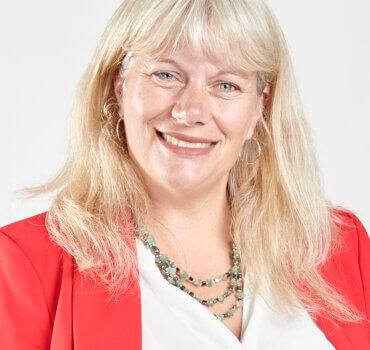
Liz Stolwyk
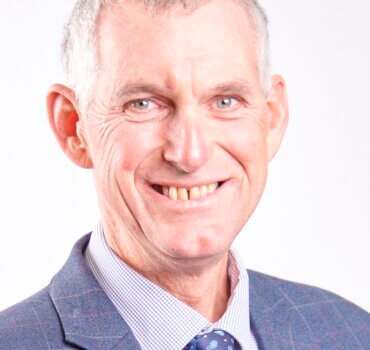
Philip Coles
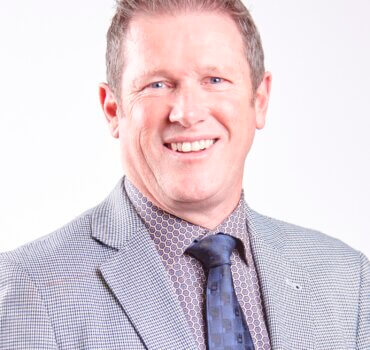
Mike Pettit
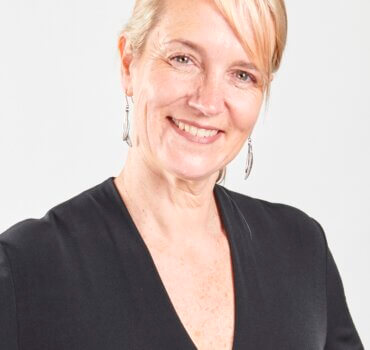
Susan O’Regan
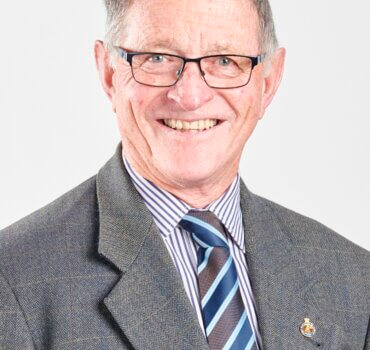
Bruce Thomas
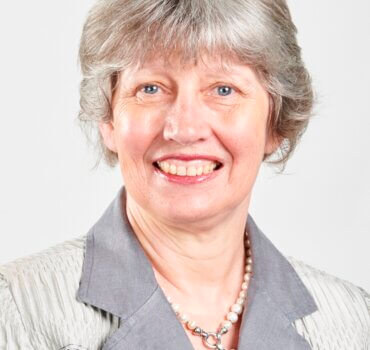
Clare St Pierre
“Anyone can stand in any ward,” says Montgomerie who rejects the argument that rural voters have been over-represented.
“Urban people get what they vote for. You get what you vote for in a democracy.”
One councillor who lives within spitting distance of Cambridge’s central business district argues, if adopted, the proposal to only have eight councillors will disadvantage the eastern part of the district.
In a paper he provided to staff and councillors, Roger Gordon says under a single rural ward system, the result would likely see two come from the west and result in the eastern rural population having no representation.
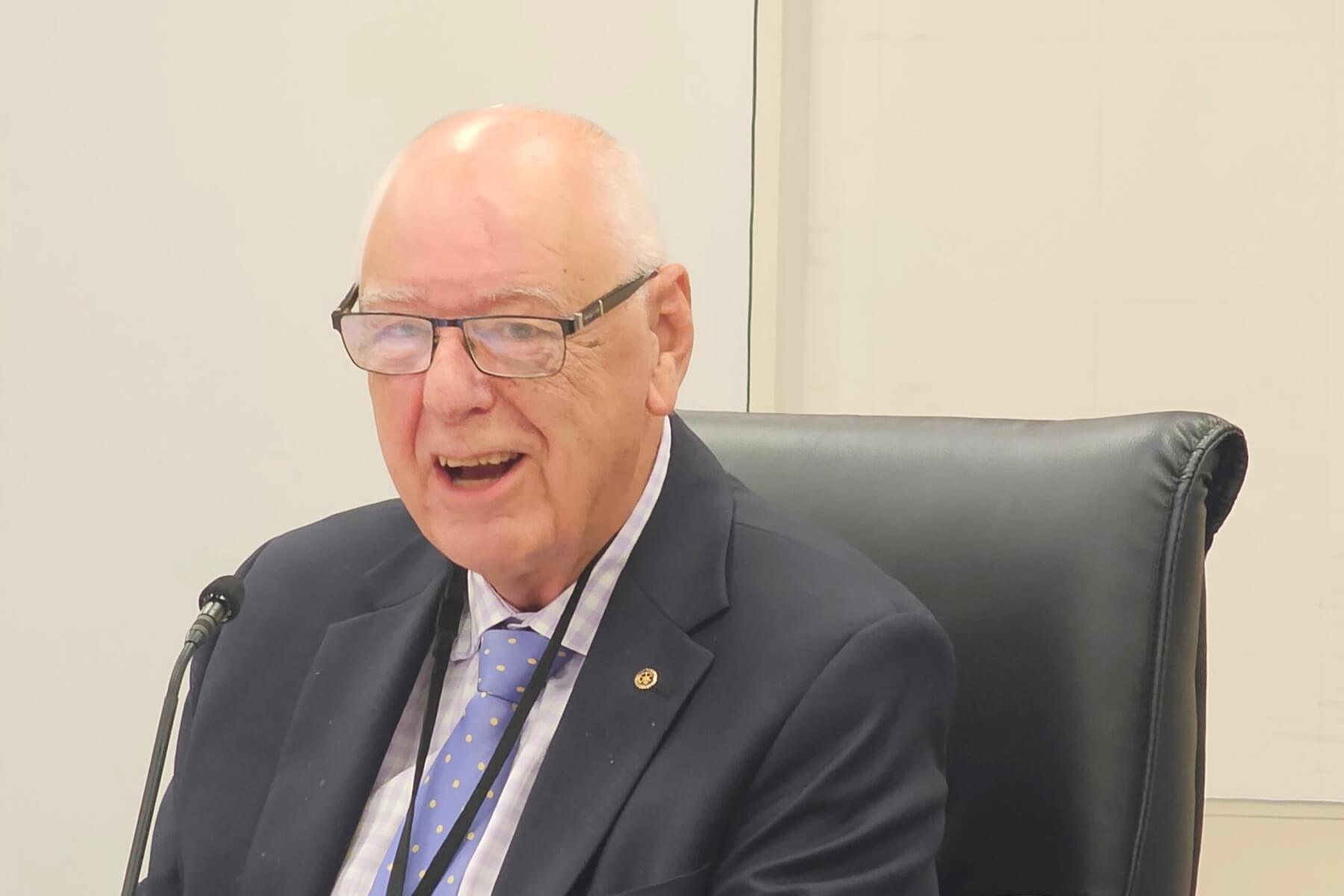
Roger Gordon, at a recent meeting, is the only Cambridge ward representative who lives in the town.
“There is a suggestion that the rural population across the whole region have a similar raft of issues and experience.
“However, the contrary view is that those in the east of the region consider that the town of Cambridge is their service centre for education, health social services and retail etc and have a greater interest in what is happening in that town.
“Similarly, the west considers Te Awamutu as their centre,” he says.
“There are distinct communities of interest within the region wide rural population which would reflect in the vote.”
Gordon also argues the extra money paid to the eight councillors would not attract more quality candidates.
Elected members currently get from $47,000 a year to $53,000 with the deputy mayor getting $67,000.
That would go up to between $63,000 to $69,000 with the deputy getting $85,000.
“If it is the wish to attract candidates that have professional and/or career backgrounds, the level of payment does not match that from various career sectors. I suggest it would have the opposite effect and influence them to not bother standing as they could not commit to the time requirement on top of their existing full-time job.”
The reason for standing in Waipā is from a sense of civic duty “a wish to make the district a better place to live,” says Gordon.
“It certainly is not for the money. If we lost this as the prime motivator for becoming a councillor, it would be a sad day.”
The two-term councillor, and prior to that a community board member, is miffed at the suggestion he and other “part time” councillors are unprofessional or not dedicated to their roles.
Gordon says the debate he sees suggests councillors spend many hours reading and researching the topics of discussion.
Montgomerie agrees.
“This is a really big job; it was more than I expected. The reading, it’s at the big end of the job.”
- Submissions close September 5.
- Have your say, email the editor.
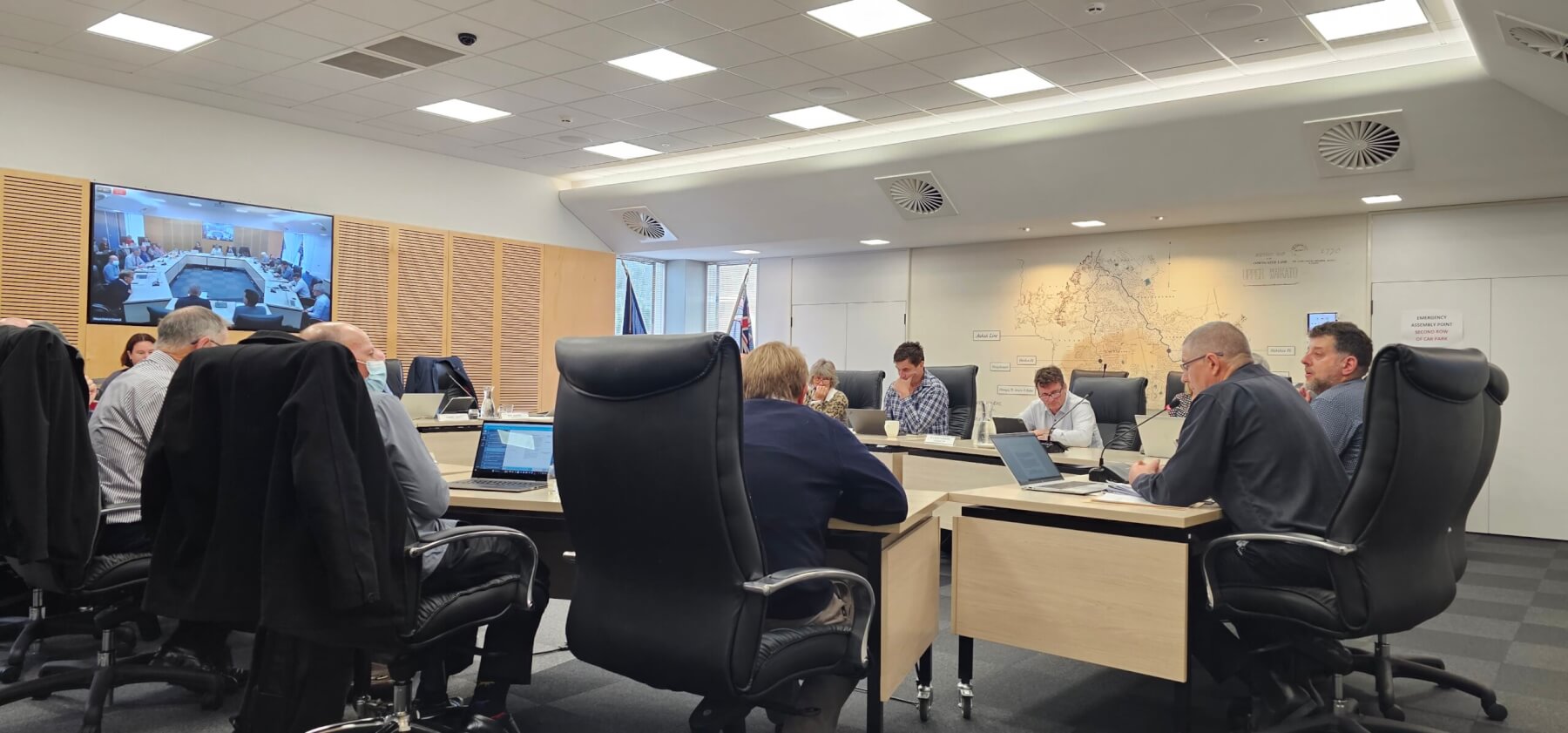
Mike Montgomerie, pictured centre with glasses at a recent meeting, wonders about the rural representation proposed for Waipā. Photo: Mary Anne Gill.








